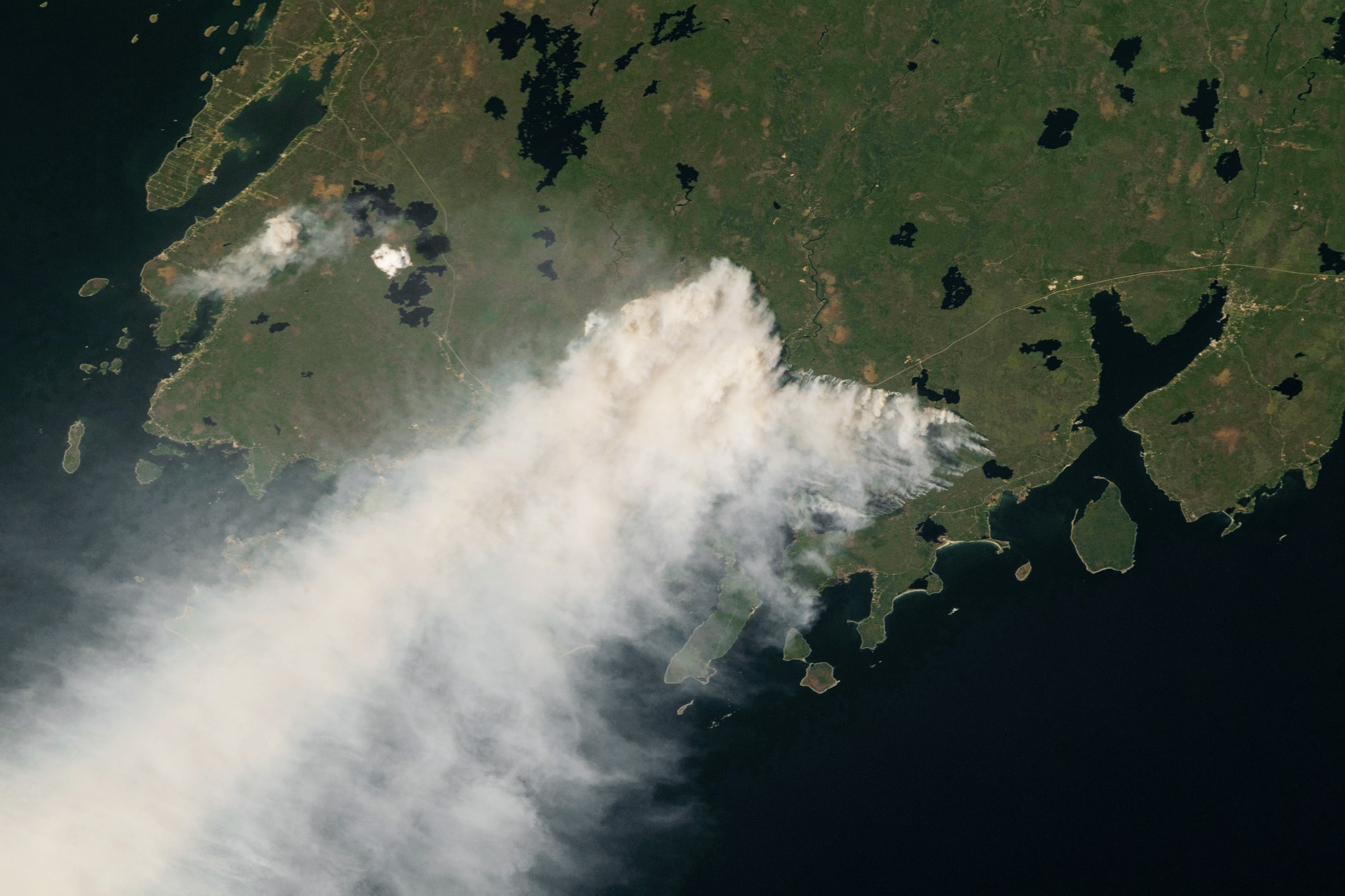Extreme wildfires like these will continue to have a large impact on global climate.
Stoked by Canada’s warmest and driest conditions in decades, extreme forest fires in 2023 released about 640 million metric tons of carbon, NASA scientists have found. That’s comparable in magnitude to the annual fossil fuel emissions of a large industrialized nation. NASA funded the study as part of its ongoing mission to understand our changing planet.
The research team used satellite observations and advanced computing to quantify the carbon emissions of the fires, which burned an area roughly the size of North Dakota from May to September 2023. The new study, published on Aug. 28 in the journal Nature, was led by scientists at NASA’s Jet Propulsion Laboratory in Southern California.
They found that the Canadian fires released more carbon in five months than Russia or Japan emitted from fossil fuels in all of 2022 (about 480 million and 291 million metric tons, respectively). While the carbon dioxide (CO2) emitted from both wildfires and fossil fuel combustion cause extra warming immediately, there’s an important distinction, the scientists noted. As the forest regrows, the amount of carbon emitted from fires will be reabsorbed by Earth’s ecosystems. The CO2 emitted from the burning of fossil fuels is not readily offset by any natural processes.
An ESA (European Space Agency) instrument designed to measure air pollution observed the fire plumes over Canada. The TROPOspheric Monitoring Instrument, or TROPOMI, flies aboard the Sentinel 5P satellite, which has been orbiting Earth since 2017. TROPOMI has four spectrometers that measure and map trace gases and fine particles (aerosols) in the atmosphere.
The scientists started with the end result of the fires: the amount of carbon monoxide (CO) in the atmosphere during the fire season. Then they “back-calculated” how large the emissions must have been to produce that amount of CO. They were able to estimate how much CO2 was released based on ratios between the two gases in the fire plumes.
“What we found was that the fire emissions were bigger than anything in the record for Canada,” said Brendan Byrne, a JPL scientist and lead author of the new study. “We wanted to understand why.”
Warmest Conditions Since at Least 1980
Wildfire is essential to the health of forests, clearing undergrowth and brush and making way for new plant life. In recent decades, however, the number, severity, and overall size of wildfires have increased, according to the U.S. Department of Agriculture. Contributing factors include extended drought, past fire management strategies, invasive species, and the spread of residential communities into formerly less developed areas.
To explain why Canada’s fire season was so intense in 2023, the authors of the new study cited tinderbox conditions across its forests. Climate data revealed the warmest and driest fire season since at least 1980. Temperatures in the northwest part of the country — where 61% of fire emissions occurred — were more than 4.5 degrees Fahrenheit (2.6 degrees Celsius) above average from May through September. Precipitation was also more than 3 inches (8 centimeters) below average for much of the year.
Driven in large part by these conditions, many of the fires grew to enormous sizes. The fires were also unusually widespread, charring some 18 million hectares of forest from British Columbia in the west to Quebec and the Atlantic provinces in the east. The area of land that burned was more than eight times the 40-year average and accounted for 5% of Canadian forests.
“Some climate models project that the temperatures we experienced last year will become the norm by the 2050s,” Byrne said. “The warming, coupled with lack of moisture, is likely to trigger fire activity in the future.”
If events like the 2023 Canadian forest fires become more typical, they could impact global climate. That’s because Canada’s vast forests compose one of the planet’s important carbon sinks, meaning that they absorb more CO2 from the atmosphere than they release. The scientists said that it remains to be seen whether Canadian forests will continue to absorb carbon at a rapid rate or whether increasing fire activity could offset some of the uptake, diminishing the forests’ capacity to forestall climate warming.
News Media Contacts
Jane J. Lee / Andrew Wang
Jet Propulsion Laboratory, Pasadena, Calif.
818-354-0307 / 626-379-6874
jane.j.lee@jpl.nasa.gov / andrew.wang@jpl.nasa.gov
Written by Sally Younger
2024-113
































